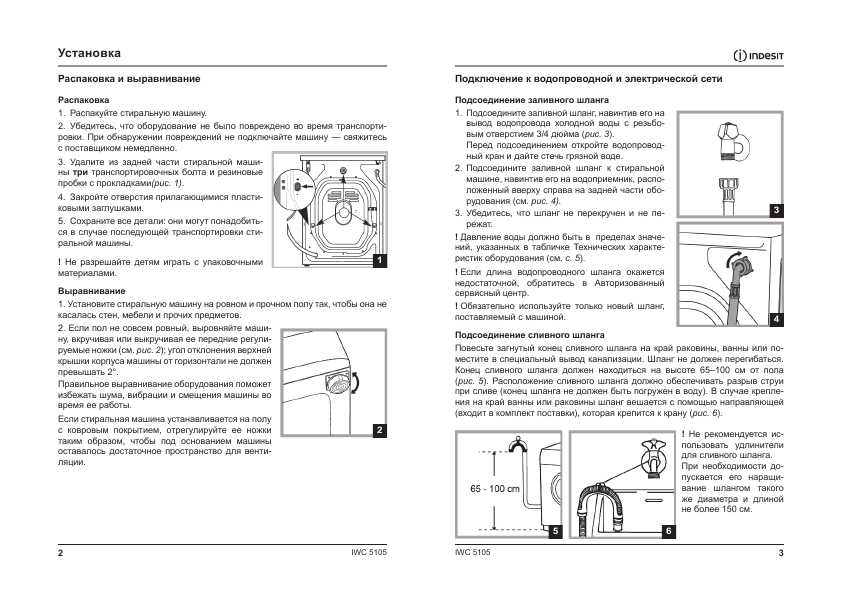
Agni Parfene (Presvyataya Deva Vladychitsa) / Agni Parthene (O Virgin Pure) 2. Ispovedajtesya Gospodevi (Psalom 135) / O give thanks to the Lord 3. The proactive screening is a component, which makes it possible to notice a newly malicious program long before. Agni Parfene Valaam Variant Of The Note.
Mailing Address: Orthodox Christian Network -- P.O. Box 9658, Washington, DC 20016 Phone: 1-888-MYOCN97 The Orthodox Christian Network is a commissioned agency of the Assembly of Canonical Orthodox Bishops of North and Central America. The material on this site may not be reproduced, distributed, transmitted, cached or otherwise used, except with the prior written permission of Orthodox Christian Network. The Orthodox Christian Network is a registered 501(c)(3) non-profit organization and all donations are tax-deductible to the extent allowed by law.
Agni Parthene (Gr. Αγνή Παρθένε) is a non-liturgical hymn composed in Greek by St.  In the 19th century during his tenure as director of the Rizarios Theological School of Athens. Nektarios liked to compose hymns in honor of the to deepen his personal prayer and relationship with her. The tradition passed down at the monastery of St. Nektarios, in Aegina, Greece, is that the Lady herself appeared before him and requested that he record on paper a particular hymn the angelic choirs were about to sing.
In the 19th century during his tenure as director of the Rizarios Theological School of Athens. Nektarios liked to compose hymns in honor of the to deepen his personal prayer and relationship with her. The tradition passed down at the monastery of St. Nektarios, in Aegina, Greece, is that the Lady herself appeared before him and requested that he record on paper a particular hymn the angelic choirs were about to sing.
This hymn was the 'Agni Parthene'. The original script can still be viewed on his prayer table in his bedroom at this monastery. The original melody to this hymn was composed by an Athonite hymnographer who is said to also have had a vision of the Virgin Mary prior to composing the work.

The recording of this melody by the Monks of Simonopetra has contributed significantly to the popularization of the hymn. Due to its popularity, the hymn has been translated into many langauges and the original melody has been adapted to suit the particular style of church chanting. One such variation is the Valaam Monastery chant of the Russian translation. The hymn of the Pure Virgin is part of A Small Theotokarion (Athens, 1905) a book of Hymns to the Mother of God, written by St.
This hymn has been used during communion in the Liturgy and it is sometimes chanted at the beginning of. Sources • • • The monk of Simonopetra on Mt Athos, has stated that he was writing music not to be sung in church - but during work, on walks, etc. Kak hochu denjgi tratil skazka chitatj. This is not a liturgical hymn, and it it wrong to use it during services. It is not in the form of a liturgical hymn - it is a two-part, antiphonal song of praise.
In Greece it is sung in concerts, never in church. External links • • • Other YouTube versions:,,,,,, • • •.